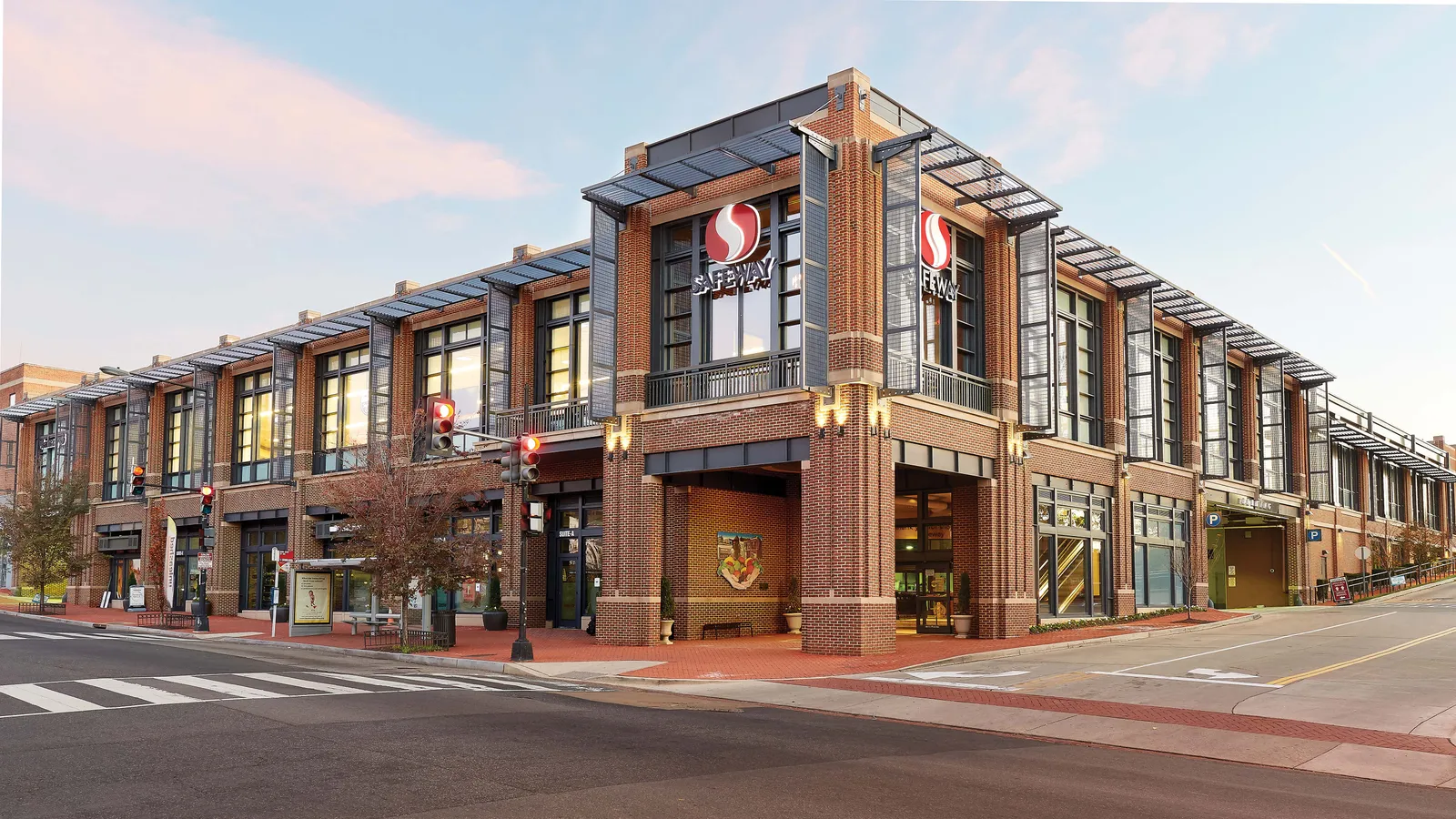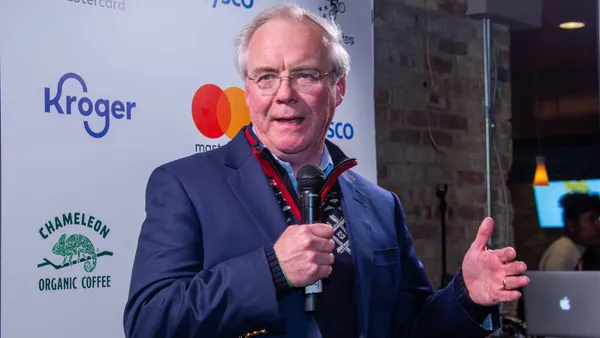As Kroger and Albertsons prepare to fight the Federal Trade Commission’s objections to their proposed mega-merger, the grocers have options to refine their plan to assuage regulators’ concerns.
And the companies’ divestiture plan with C&S Wholesale Grocers is one key area analysts believe the grocers could address.
When the FTC issued its sharply worded challenge, the agency aimed some of its most critical assessments at the divestiture plan, which would see Albertsons sell more than 400 stores to C&S. The FTC claimed the companies’ proposal would offload a “hodgepodge” of divested assets that would be difficult for C&S — a company with “limited experience operating retail supermarkets” — to run competitively.
To some analysts, the FTC’s blistering critique highlighted weaknesses in what is a key piece of the supermarket chains’ proposed merger. Altering the divestiture plan could potentially bring the two sides closer in alignment and make the mega-merger more amenable to regulators.
“We believe Kroger will either have to restructure the deal with C&S to include a more cohesive network of stores and other assets, or line up additional buyers,” Arun Sundaram, vice president of equity research for CFRA Research, said in an email.
The FTC “seems to be taking a kitchen-sink approach to try to block this deal,” Sundaram said, adding that he thinks the agency has a “good case” with its assessment that C&S is not a viable buyer for the divested stores.
Given the FTC’s pushback, Rachel Dalton, head of retail insights at data analytics firm Kantar, said Kroger and Albertsons are likely assessing whether the selection of stores they’ve proposed divesting is enough and if they are the right assets to offload to satisfy the government’s concerns about how the merger would impact competition in the grocery industry.
The “motley crew” of stores in the divestiture plan are mostly older Albertsons, Safeway and QFC stores, said David Marcotte, senior vice president of cross-industry/cross-border and technology for Kantar: “I haven’t a clue how you would make it into one chain. It's just a mess.”
The divestiture deal would have C&S buy 413 stores, eight distribution centers, two offices and five private label brands. It also includes the sale of the QFC, Carrs and Mariano’s banners to C&S and would give C&S the right to license the Albertsons brand name in Arizona, California, Colorado and Wyoming.
Other analysts agreed that Kroger and Albertsons might be able to assuage the FTC’s concerns by agreeing to divest a more substantial or cohesive set of assets.
Kroger and Albertsons said in a filing with the Securities and Exchange Commission that they are willing to divest up to 650 stores to win regulatory clearance for their merger. Kroger has agreed to pay Albertsons a $600 million fee if the merger ultimately doesn't go through.

Selling banners, such as Fred Meyer, could position C&S as a more competitive retail competitor than offloading individual stores, Dalton said.
Banners with “brand cachet” like Safeway or Vons could help bolster the divestiture plan, Marcotte noted. Marcotte also said Kroger could sell off a combination of Fred Meyer, Smith’s Food and Drug, Fry’s Food Stores or Ralphs: “That would be a big chunk of business. That would be probably enough to shift that discussion a little bit.”
Making the case for C&S
Kroger and Albertsons have defended their choice of C&S as their divestiture partner, with Albertsons saying in a recent legal filing that the C&S deal is structured to give C&S the right mix of assets, including stores, distribution centers, personnel and private labels, to “ensure its success.”
“C&S is not a mom-and-pop operation or a risky private equity venture; it is a sophisticated, well-capitalized company with deep industry experience—the eighth-largest privately held company in the U.S. with nearly $35 billion in annual revenue,” Kroger said in its filing.
States included in the Albertsons-Kroger store divestiture plan
Dalton said that Kroger and Albertsons will need to show how C&S, which she said is already a successful company and has healthy financials, can “grow into this role of being a competitive player in grocery because they are not there yet.”
“They’re a huge player in grocery wholesale but not so much in the retail side,” Dalton said. Kroger and Albertsons may want to consider detailing more specifically the support and resources they intend to provide to C&S to help the company get its retailing footing, Dalton suggested.
Looking beyond C&S
The FTC’s skepticism about C&S’s ability to successfully run the stores Kroger and Albertsons have proposed divesting might also prompt the grocers to consider new or additional companies to offload stores to, analysts said, noting that it’s uncertain if their deal with C&S has any restrictions on whether Kroger and Albertsons could consider other potential buyers.
C&S, the FTC claimed, would struggle to achieve long-term success as an operator with a network of hundreds of stores stretching from Washington state to Washington, D.C.
“Even if C&S were to survive as an operator, Kroger and Albertsons’s proposed divestitures still do not solve the multitude of competitive issues created by the proposed acquisition,” the agency noted.
“I think at the moment the only companies that would be seriously in contention would be outside the United States [as additional or alternative buyers],” Marcotte said, noting that some Latin American companies have already shown interest in the United States, such as The Fresh Market’s owner, Cencosud.
Kroger and Albertsons could also spin off offloaded assets into an independent company, Marcotte said.
With a court hearing set to begin in late August for the case, the clock is ticking for Kroger and Albertsons to negotiate with the federal agency.
It’s unclear if agreeing to divest more stores could help Kroger and Albertsons win approval for their deal, said Pablo Garces, director of the retail and restaurants group at S&P Global Ratings.
In addition, a restructuring of the divestiture deal may not have an impact on the federal judge overseeing the case or sway the FTC toward a settlement.
There are also unknown factors of how the political landscape may figure into the FTC’s willingness to reconsider any changes to the Kroger-Albertsons deal and the divestiture plan. The Biden administration has been very public in fighting high grocery prices and mergers it claims are against consumers’ interests.
“It almost makes me think or wonder whether there’s any number that would necessarily give them any relief … It almost feels like sometimes there’s no magic number that they can get to potentially,” Garces said.
Sam Silverstein contributed reporting.












